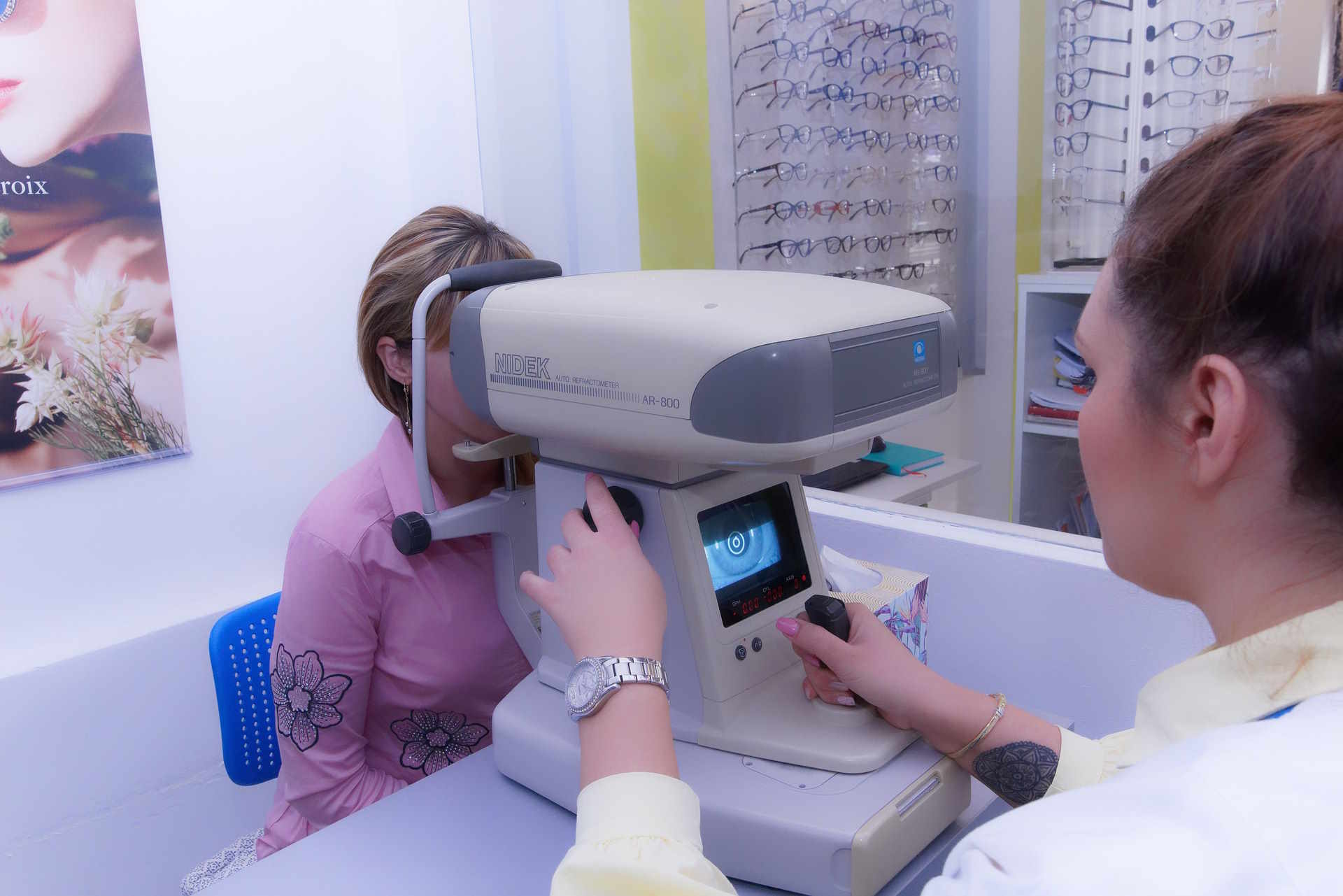Understanding Side Effects of Macular Degeneration
Learn about the side effects of macular degeneration on vision, how it may progress over time, and the importance of early detection. This guide provides clear, reliable information to help you better understand this eye condition and what it could mean for your daily life.

What is macular degeneration?
Macular degeneration is a chronic eye disease that causes damage to the macula, leading to a gradual loss of central vision. There are two main types of macular degeneration: dry (atrophic) and wet (neovascular). The dry form is more common, accounting for about 80-90% of cases, while the wet form is less common but more severe. Both types can cause significant vision impairment if left untreated.
What are the side effects of macular degeneration?
The side effects of macular degeneration can vary depending on the type and stage of the condition. Common side effects include:
-
Blurred or distorted central vision
-
Difficulty reading or recognizing faces
-
Increased sensitivity to glare
-
Reduced color perception
-
Dark or empty areas in the center of vision
-
Difficulty adapting to low light conditions
These side effects can significantly impact daily activities such as driving, reading, and watching television. As the condition progresses, individuals may experience a gradual loss of central vision, although peripheral vision typically remains intact.
What are the different stages of macular degeneration?
Macular degeneration typically progresses through three main stages:
-
Early AMD: This stage is characterized by the presence of medium-sized drusen (yellow deposits beneath the retina) but usually does not cause vision loss.
-
Intermediate AMD: In this stage, larger drusen are present, and changes in the retinal pigment epithelium may occur. Some people may experience mild vision loss or distortion.
-
Late AMD: This stage can be either dry (geographic atrophy) or wet (neovascular) AMD. Dry AMD leads to gradual vision loss, while wet AMD can cause rapid and severe vision loss if left untreated.
It’s important to note that not everyone progresses through all stages, and the rate of progression can vary significantly between individuals.
How is macular degeneration detected and monitored?
Early detection and regular monitoring are crucial for managing macular degeneration effectively. Several methods are used to detect and monitor the condition:
-
Comprehensive dilated eye exam: This allows an eye care professional to examine the retina and macula for signs of damage or abnormalities.
-
Optical coherence tomography (OCT): This non-invasive imaging test provides detailed cross-sectional images of the retina, helping to detect early signs of macular degeneration.
-
Fluorescein angiography: This test uses a special dye and camera to identify abnormal blood vessels or leakage in the retina, particularly useful for detecting wet AMD.
-
Amsler grid test: This simple at-home test can help individuals monitor changes in their central vision between eye appointments.
Regular eye exams are essential for early detection and monitoring of macular degeneration, especially for individuals over 50 or those with a family history of the condition.
What steps can help in managing macular degeneration?
While there is no cure for macular degeneration, several steps can help manage the condition and slow its progression:
-
Quit smoking: Smoking significantly increases the risk of developing macular degeneration and can accelerate its progression.
-
Maintain a healthy diet: Consuming a diet rich in antioxidants, omega-3 fatty acids, and leafy green vegetables may help protect against macular degeneration.
-
Exercise regularly: Physical activity can improve overall health and may help reduce the risk of macular degeneration.
-
Protect eyes from UV light: Wearing sunglasses with UV protection can help reduce the risk of eye damage.
-
Take prescribed supplements: For some individuals, eye vitamins and supplements may be recommended by an eye care professional.
-
Monitor vision changes: Regular use of the Amsler grid and prompt reporting of any vision changes to an eye care professional is crucial.
-
Consider treatment options: For wet AMD, treatments such as anti-VEGF injections or photodynamic therapy may be recommended to slow or stop the progression of the disease.
By understanding the side effects, stages, and management strategies for macular degeneration, individuals can take proactive steps to protect their vision and maintain their quality of life. Regular eye exams and open communication with eye care professionals are essential components of effectively managing this condition.
This article is for informational purposes only and should not be considered medical advice. Please consult a qualified healthcare professional for personalized guidance and treatment.




